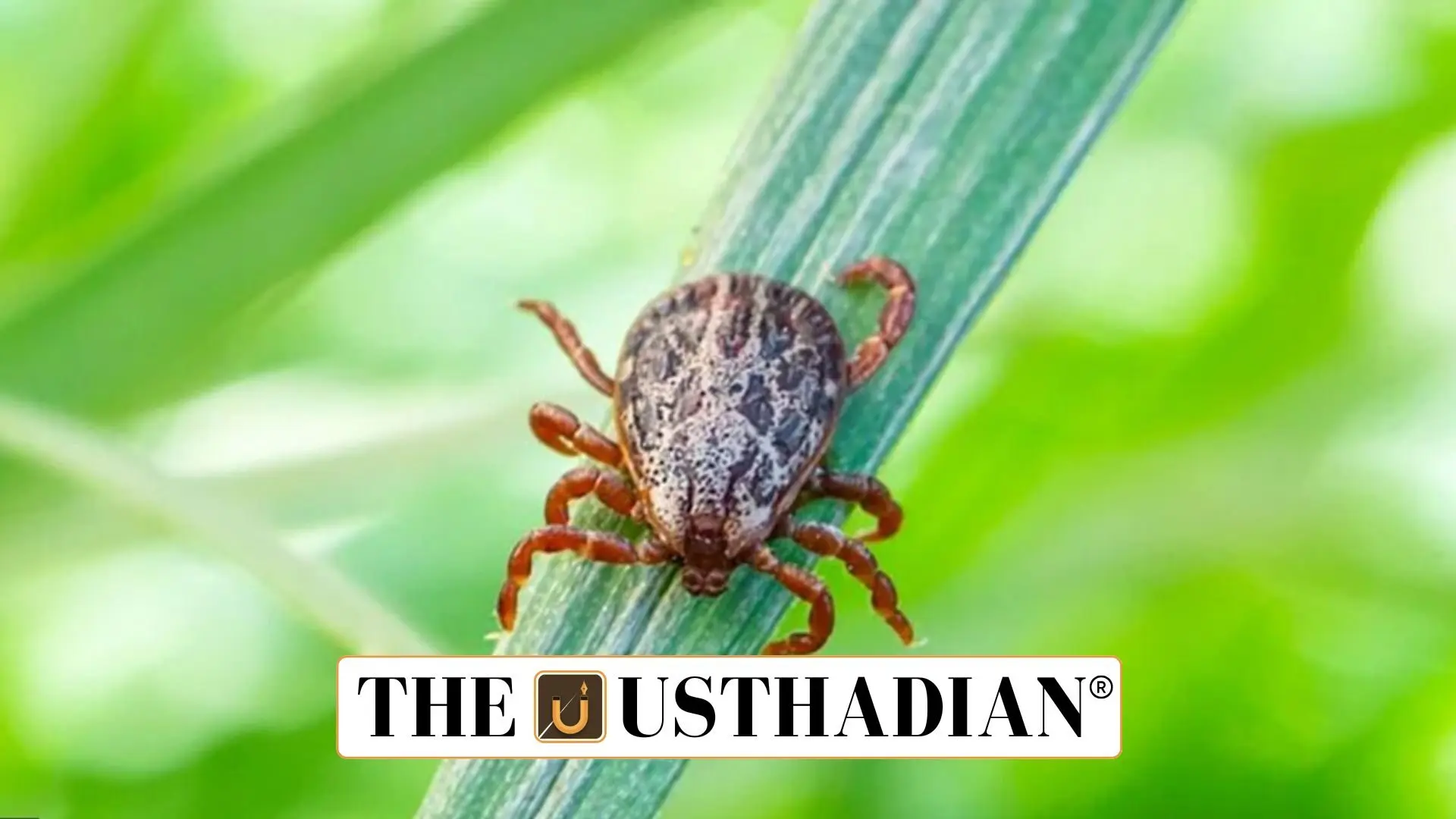A New Health Threat in Familiar Surroundings
Scrub Typhus Outbreak in Tamil Nadu: A Growing Health Concern: Tamil Nadu is witnessing a sharp rise in scrub typhus cases, especially in Chennai, Vellore, Kanchipuram, Tirupattur, Chengalpattu, Ranipet, and surrounding districts. The state’s Public Health Department has issued a warning as more people, especially those living or working near green cover, report symptoms. This isn’t just a rural illness anymore—it’s becoming an urban health concern.
What Exactly Is Scrub Typhus?
Scrub typhus is a bacterial infection caused by Orientia tsutsugamushi. It spreads when a person is bitten by chiggers, which are the larval form of certain mites. These mites live in grassy or bushy environments, making people in fields, forests, or even semi-urban gardens vulnerable. The disease was first identified in Japan in 1930, and is part of the Tsutsugamushi Triangle—an endemic zone covering India, Southeast Asia, China, and northern Australia.
Why Tamil Nadu, and Why Now?
Experts link the outbreak to warmer, wetter weather—ideal for chigger growth. Increased construction, deforestation, and farming in expanding towns also bring humans closer to mite habitats. Monsoons and post-flood conditions often accelerate such outbreaks.
How to Spot the Infection Early
At first, scrub typhus can mimic the flu: high fever, chills, body pain, and fatigue. A unique clue is a black scab-like sore called an eschar, which may appear at the bite site. Not everyone develops it, but when present, it helps doctors make a quicker diagnosis.
If untreated, the infection can lead to lung inflammation (pneumonitis), brain swelling (meningitis), heart issues, or even multi-organ failure. In states like Bihar, scrub typhus has become a leading cause of acute encephalitis syndrome (AES).
Diagnosis and Treatment
The disease is confirmed through blood tests like ELISA or PCR. Luckily, it responds well to antibiotics like doxycycline and azithromycin, especially when caught early. But delayed treatment may require hospitalization, IV fluids, or ICU care—facilities that might be hard to access in rural or overcrowded areas.
Who’s Most at Risk?
- Farmers and daily-wage labourers
- Children playing near fields or bushes
- Pregnant women and elderly citizens
- People living in hilly or forested regions
Those in frequent contact with vegetation should take special precautions, especially during monsoon and post-monsoon months.
How to Prevent Scrub Typhus
There’s no vaccine yet, so prevention is crucial. Here’s how you can reduce risk:
- Wear full-sleeved clothes and long pants outdoors.
- Use DEET-based insect repellents.
- Avoid sitting or lying on grass.
- Bathe and change clothes immediately after outdoor work.
- Clean bedsheets and clothing regularly to eliminate mites.
In outbreak-prone areas, communities also cut grass near homes and spray insecticides.
STATIC GK SNAPSHOT FOR COMPETITIVE EXAMS
| Topic | Data / Fact |
| Disease Name | Scrub Typhus |
| Causative Agent | Orientia tsutsugamushi |
| Vector | Chiggers (larval mites) |
| First Identified | Japan, 1930 |
| Endemic Zone | Tsutsugamushi Triangle |
| Diagnostic Clue | Black eschar at bite site |
| Treatment | Doxycycline, Azithromycin |
| High-Risk States in India | Tamil Nadu, Bihar, Himachal Pradesh |
| Leading Cause of AES in | Bihar, India |
| Outbreak Districts in TN | Chennai, Vellore, Kanchipuram, Tirupattur, Chengalpattu |








